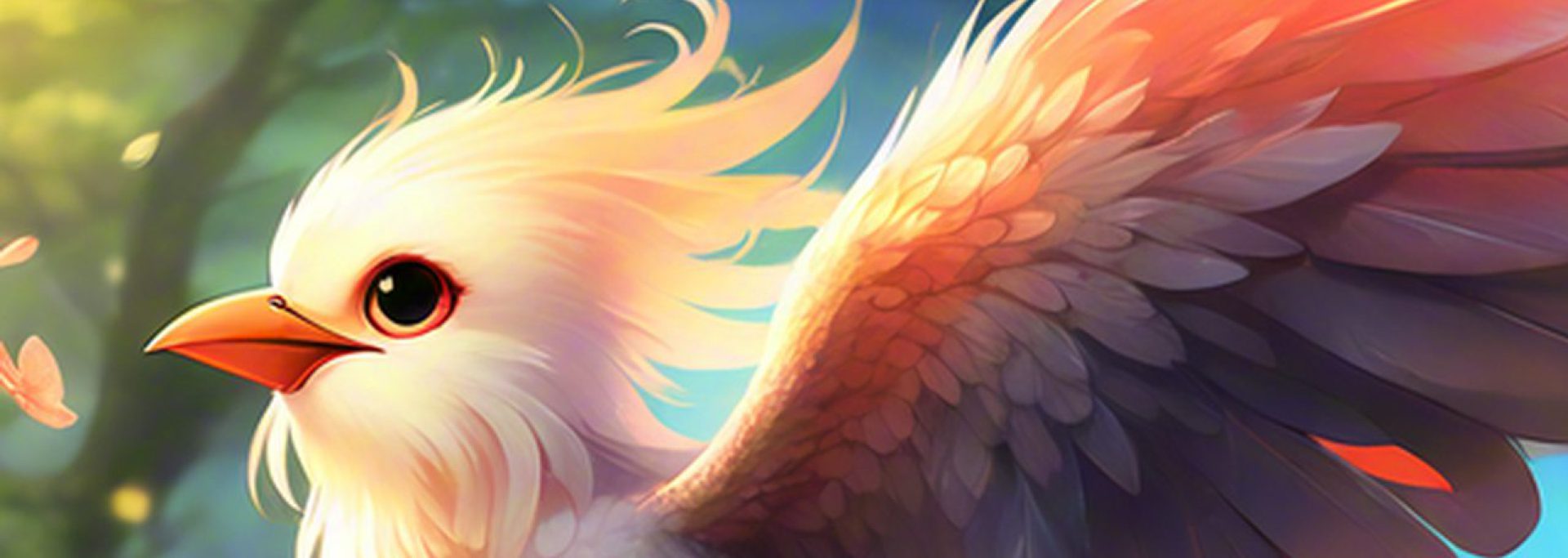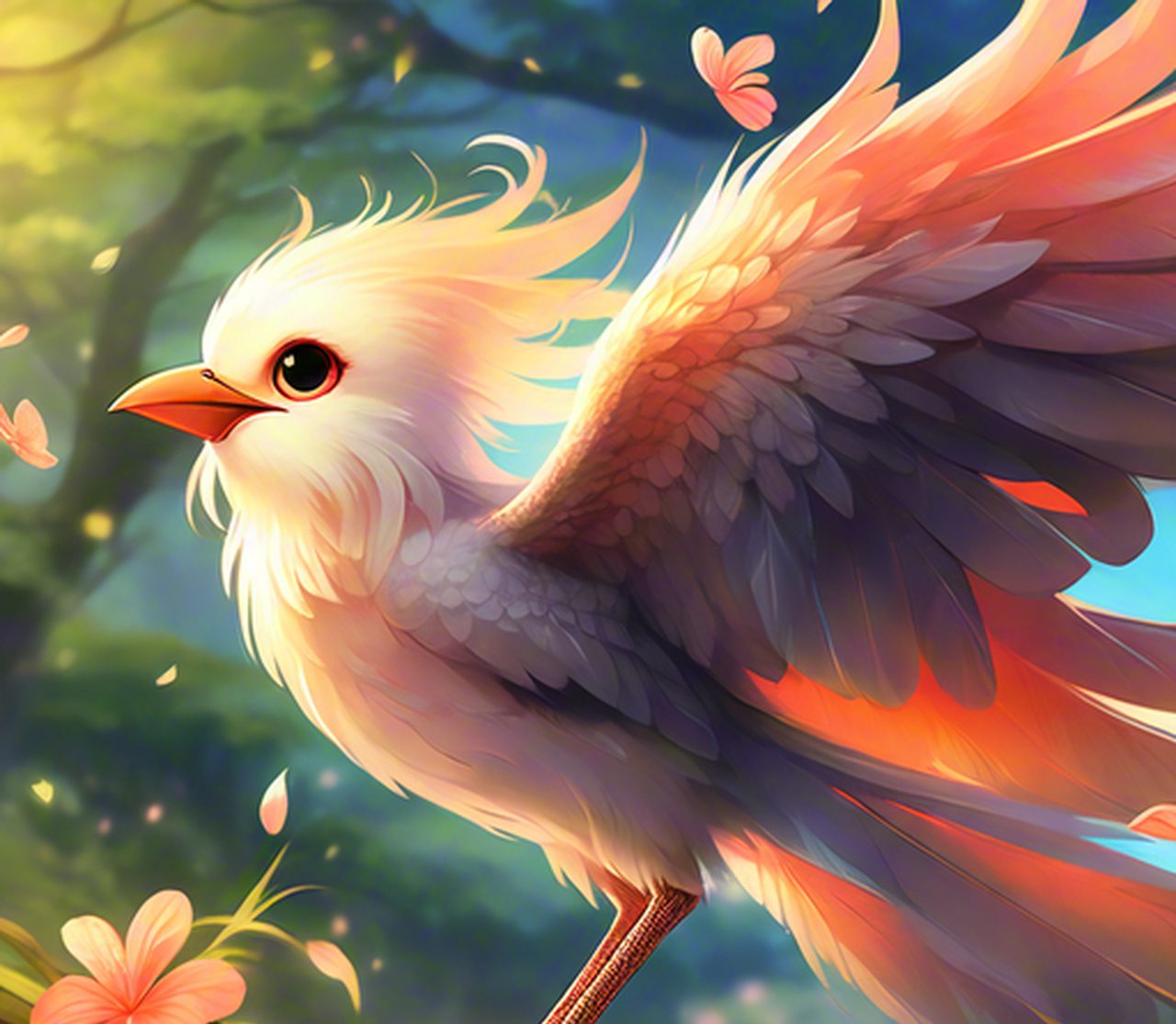Investigating the Theme of Love in Literature: Its Diverse Forms and Representations
(A Lecture Guaranteed to Make You Feel All the Feelings (Except Maybe Boredom))
Welcome, dear students, to the most emotionally charged lecture you’ll probably attend all semester! Today, we’re diving headfirst into the swirling, often turbulent, and sometimes downright bizarre world of love in literature. Forget your textbooks for a moment (unless they’re filled with sonnets, then keep ’em handy!), because we’re about to embark on a journey through the many faces of this elusive emotion, from the swooning romances of Shakespeare to the… complicated… affections of modern writers.
(Disclaimer: Tissues may be required. We are not responsible for any sudden urges to write poetry, declare undying devotion, or binge-watch romantic comedies.)
Section 1: Love – It’s Complicated (The Introduction)
Love. It’s the stuff of sonnets, the fuel for epic sagas, and the driving force behind countless plotlines. But let’s be honest, love is rarely as straightforward as a Hallmark movie. It’s messy, it’s contradictory, and it comes in more flavors than a Baskin-Robbins ice cream shop.
Think about it: Are Romeo and Juliet truly in love, or are they just experiencing a potent cocktail of teenage angst and forbidden fruit? Is Heathcliff’s obsessive longing for Catherine in Wuthering Heights love, or a twisted form of possession? These are the questions we’ll grapple with today. 🧐
Essentially, when we talk about love in literature, we’re talking about a vast spectrum, a shimmering rainbow of affections that can be broadly categorized into:
- Romantic Love: The classic "hearts and flowers" variety, often involving passion, desire, and the yearning for union. Think Mr. Darcy and Elizabeth Bennet. 🌹
- Familial Love: The bond between parents and children, siblings, and extended family. It can be fiercely protective, deeply comforting, and occasionally… suffocating (looking at you, Mrs. Bennet!). 👨👩👧👦
- Platonic Love: A deep, affectionate bond between friends, devoid of romantic or sexual feelings. Think Sherlock Holmes and Dr. Watson (or at least, that’s what they tell us). 🤝
- Self-Love: The often-overlooked but crucial appreciation and acceptance of oneself. Think… well, hopefully you! ❤️
- Agape (Unconditional Love): Often associated with religious or spiritual contexts, this is selfless, sacrificial love, extended to all humanity. Think Jesus’s love for his followers. 🙏
And, of course, there are countless subcategories and variations, blurring the lines between these neat boxes. Because life, like love, rarely fits into a predefined category.
Section 2: The Many Faces of Romantic Love (Shakespeare Would Be Proud)
Let’s dive into the most popular flavor: Romantic Love. This is where the fireworks happen, the drama unfolds, and the characters make questionable decisions that keep us turning the pages.
| Type of Romantic Love | Characteristics | Literary Examples | Key Features |
|---|---|---|---|
| Idealized Love | Sees the beloved as perfect, often overlooking flaws and imperfections. Based on fantasy rather than reality. | Romeo and Juliet (Shakespeare), Lancelot and Guinevere (Arthurian Legends) | Impractical, often leading to disappointment. Can be a powerful force, but also blinding. Often associated with young love. |
| Passionate Love | Intense, all-consuming desire. Driven by physical attraction and emotional intensity. | Heathcliff and Catherine (Wuthering Heights), Jay Gatsby and Daisy Buchanan (The Great Gatsby) | Volatile, can be destructive if not tempered with reason and understanding. Often fueled by obsession. 🔥 |
| Companionate Love | Based on friendship, mutual respect, and shared interests. A slower-burning but often more enduring form of love. | Mr. Darcy and Elizabeth Bennet (Pride and Prejudice), Jo March and Professor Bhaer (Little Women) | Stable, reliable, and built on a solid foundation. May lack the initial spark of passion, but compensates with depth and commitment. 💖 |
| Unrequited Love | Love that is not reciprocated. A source of great pain and longing. | Werther (The Sorrows of Young Werther), Cyrano de Bergerac | Can lead to obsession, despair, and even madness. Explores themes of longing, rejection, and the human need for connection. 💔 |
| Forbidden Love | Love that is opposed by societal norms, family expectations, or personal circumstances. | Romeo and Juliet (again!), Hester Prynne and Arthur Dimmesdale (The Scarlet Letter) | Often creates tension and conflict, forcing characters to make difficult choices. Explores themes of rebellion, social injustice, and the power of love to transcend boundaries. 🚫 |
| Erotic Love | Focuses on physical intimacy and sexual desire. | Lady Chatterley and Mellors (Lady Chatterley’s Lover), Ovid’s Metamorphoses (exploring various mythical unions, some quite…interesting) | Often intertwined with other forms of love, but can also be portrayed as purely physical. Raises questions about pleasure, desire, and the body. 💋 |
| Self-Sacrificing Love | A type of love that prioritizes the needs and well-being of the beloved above one’s own, often involving significant personal cost. | Sydney Carton in A Tale of Two Cities (who sacrifices himself for the love of Lucie Manette), The Little Mermaid (who gives up her voice and tail for a chance at love). | Demonstrates the power of love to inspire selfless acts, but also raises questions about the limits of sacrifice and the importance of self-preservation. 🙏 |
Notice how these categories aren’t mutually exclusive. Mr. Darcy and Elizabeth Bennet start with a hefty dose of mutual disdain (which, let’s face it, is just thinly veiled attraction), evolve into a companionate love based on mutual respect, and eventually blossom into something resembling a passionate partnership. That’s the beauty (and the challenge) of depicting love in literature: it’s a dynamic, evolving force.
Section 3: Beyond Romance: Exploring Other Forms of Love (Because Love Isn’t Just About Kissing)
While romantic love often steals the spotlight, other forms of love are equally important in shaping characters and driving narratives. Let’s take a closer look:
-
Familial Love: Think of the fierce protectiveness of Atticus Finch towards his children in To Kill a Mockingbird. Or the complex, often strained, relationships between siblings in East of Eden. Familial love can be a source of immense strength and support, but also of conflict, resentment, and even abuse. It’s often portrayed as unconditional, but the reality is far more nuanced. 🏡
-
Platonic Love: The deep, enduring friendship between Frodo and Sam in The Lord of the Rings is a perfect example of platonic love. It’s a bond built on loyalty, shared experiences, and mutual respect. Platonic love can be just as powerful and meaningful as romantic love, and often provides a crucial source of support and companionship. 👯
-
Self-Love: This is where things get interesting. How can you love someone else if you don’t love yourself? Literary characters often struggle with self-doubt, insecurity, and a lack of self-worth, which can sabotage their relationships. Learning to accept and appreciate oneself is a crucial step towards forming healthy and fulfilling connections with others. Think about Jane Eyre, who refuses to compromise her principles for the sake of love, demonstrating a strong sense of self-respect. 💪
-
Agape (Unconditional Love): This is the ultimate expression of love, a selfless devotion to all humanity. It’s often associated with religious figures like Jesus or Buddha, but can also be found in characters who dedicate their lives to serving others. Think of Mother Teresa’s unwavering commitment to the poor and sick. This type of love is often portrayed as the highest ideal, but also as incredibly difficult to achieve. 🕊️
Section 4: The Dark Side of Love (When Love Goes Wrong)
Let’s not pretend that love is always sunshine and rainbows. Sometimes, it can be a destructive force, leading to obsession, jealousy, and even violence.
-
Obsessive Love: Think of Captain Ahab’s relentless pursuit of Moby Dick, driven by a twisted form of obsession that consumes his life and endangers his crew. Obsessive love is characterized by an overwhelming need to control and possess the beloved, often at the expense of their own well-being. 😈
-
Jealous Love: Othello’s descent into madness, fueled by Iago’s manipulation and his own insecurities, is a classic example of jealous love. Jealousy can poison relationships, leading to suspicion, anger, and ultimately, tragedy. 🐍
-
Abusive Love: This is the most dangerous form of love, characterized by physical, emotional, or psychological abuse. Think of the toxic relationship between Catherine and Heathcliff in Wuthering Heights, where their love is intertwined with cruelty and manipulation. Abusive love is never acceptable and should never be romanticized. 💔
It’s important to remember that love, like any powerful emotion, can be distorted and twisted. Literature often explores these darker aspects of love, forcing us to confront uncomfortable truths about human nature.
Section 5: Love and Society (The Social Context)
Love doesn’t exist in a vacuum. It’s shaped by societal norms, cultural expectations, and historical circumstances.
-
Social Class: Think of the obstacles that Mr. Darcy and Elizabeth Bennet face due to their different social standing. In many literary works, social class plays a significant role in determining who can love whom, and how those relationships are perceived by society. 👑
-
Gender Roles: Traditional gender roles can also influence the portrayal of love. In many older works, women are often depicted as passive objects of affection, while men are expected to be the active pursuers. However, more recent works often challenge these stereotypes, exploring more complex and nuanced portrayals of gender and love. ♀️♂️
-
Historical Context: The historical context in which a literary work is written can also shape the portrayal of love. For example, the romantic ideals of the Victorian era are very different from the more liberated attitudes towards love in the modern era. 🕰️
By examining the social context in which love is depicted, we can gain a deeper understanding of the values and beliefs of a particular time and place.
Section 6: Modern Love (Swipe Right for Literary Analysis)
So, what about love in modern literature? Has anything changed?
Well, yes and no. The fundamental emotions of love – desire, longing, joy, pain – remain the same. But the ways in which these emotions are expressed and experienced have evolved significantly.
-
Technology: The rise of technology has had a profound impact on how we form relationships. Online dating, social media, and instant messaging have created new avenues for connection, but also new challenges. Think about the complexities of online relationships in contemporary novels. 📱
-
Shifting Gender Roles: Modern literature often explores more fluid and egalitarian relationships, challenging traditional gender roles and embracing diverse forms of sexuality and identity. 🏳️🌈
-
Realism: Modern writers often strive for greater realism in their portrayal of love, depicting the messiness, complexities, and contradictions of human relationships with unflinching honesty. No more idealized courtships, just messy breakups and questionable Tinder dates. 💔
Modern literature offers a fascinating reflection of our evolving attitudes towards love, challenging us to rethink our assumptions and embrace new possibilities.
Section 7: Conclusion: Love is All Around (And in Your Books!)
So, there you have it: a whirlwind tour of the diverse and multifaceted theme of love in literature. From the swooning romances of Shakespeare to the complicated affections of modern writers, love remains a central and enduring theme.
Remember, love is not a static concept. It’s a dynamic, evolving force that is constantly being redefined and reimagined. By exploring the various forms and representations of love in literature, we can gain a deeper understanding of ourselves, our relationships, and the world around us.
(Homework: Read a book about love. Any book. But maybe skip Fifty Shades of Grey…unless you’re doing research, of course. 😉 Then, reflect on what it teaches you about the complexities of human connection.)
(Bonus Question for Extra Credit: Is chocolate a form of love? Discuss.)
(Thank you for attending! Now go forth and spread the love (or at least, the literary analysis).) 💖📚

